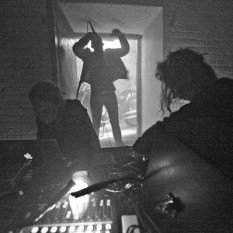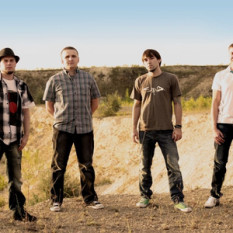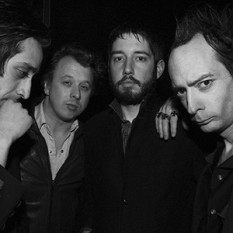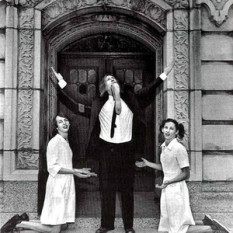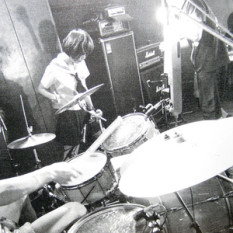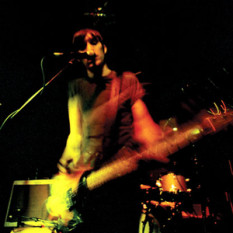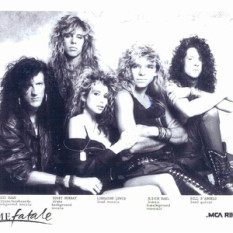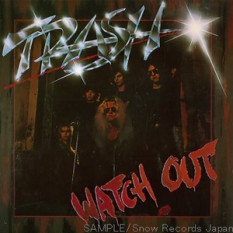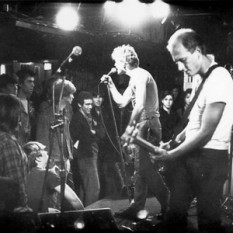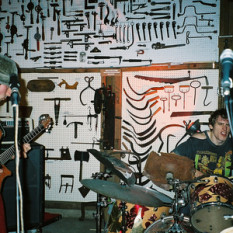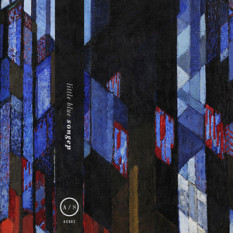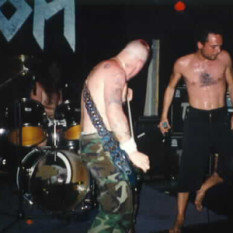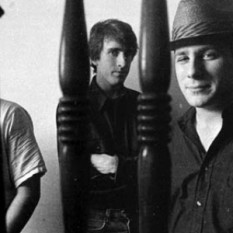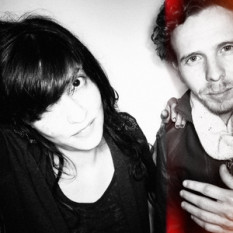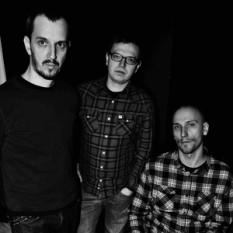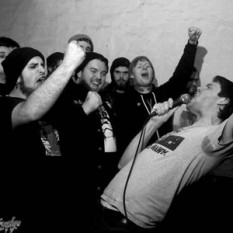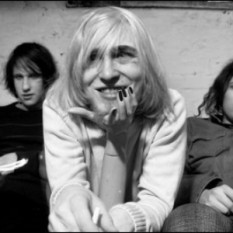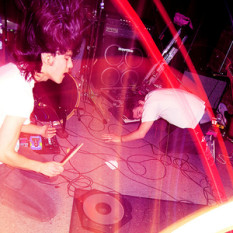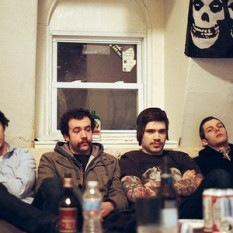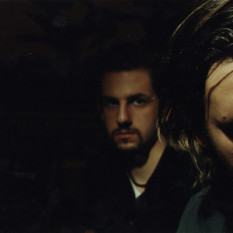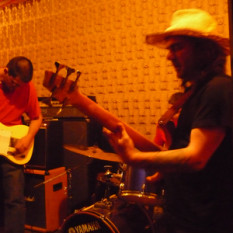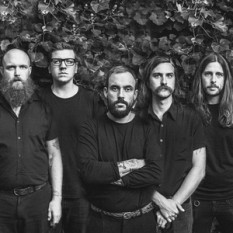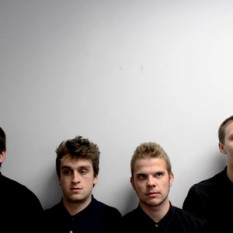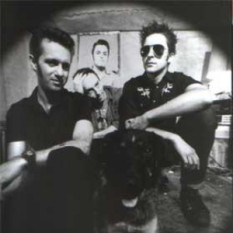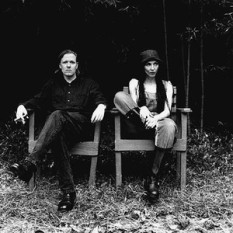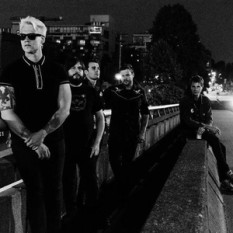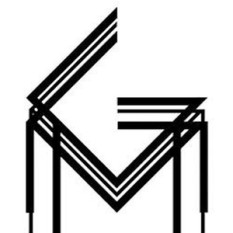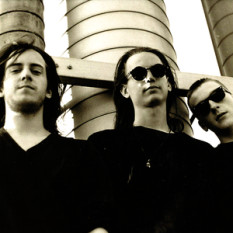Noise rock é um gênero musical desenvolvido nos anos 80 como uma variação experimental do punk rock, numa fusão com o gênero do Noise. No caso de bandas eletrônicas, o estilo é chamado rock industrial.
Noise rock (also known as noise punk[1]) describes a style of post-punk rock music that became prominent in the 1980s.[1][2] Noise rock makes use of the traditional instrumentation and iconography of rock, but incorporates atonality and especially dissonance, and also frequently discards usual songwriting conventions.[3][2]
Visual and conceptual elements
Many noise rock groups have a confrontational performance style which mirrors the aggression of their music. This reaches back to The Who and Jimi Hendrix, who were famous for destroying their instruments on stage,[4] and Iggy Pop, of the Stooges, and Darby Crash, of the Germs, who lacerated their bodies[5][6] in a spectacle comparable to the performance art of Chris Burden and Vito Acconci.[4] Acconci was also a significant inspiration for no wave.[7] Some performers, such as Black Flag[8] and the Birthday Party,[9] for example, also physically assaulted audience members, on occasion.
1980s noise rock musicians tended to adopt a Spartan, utilitarian mode of dress following the hardcore punk ethos and in partial reaction against the more ostentatious elements of punk fashion. Steve Albini articulated an ethical stance that emphasized restraint, irony, and self-sufficiency.[10] The Butthole Surfers were an exception in their desire to dress as bizarrely as possible.[11] Several bands also made public reference to drug use, particularly LSD (Jimi Hendrix, the Butthole Surfers[11]) and heroin (the Velvet Underground, Royal Trux[12]). Many contemporary noise rock musicians, such as the Locust and Lightning Bolt, have a very theatrical mode of presentation and wear costumes.[1] Some bands incorporate visual displays, such as film or video art.[11]
History
The origins of noise rock are in the first rock musicians who explored extreme dissonance and electronic feedback. This begins with commercially successful figures like Jimi Hendrix,[13] The Who,[14] and Neil Young.[15] Underground rock musicians such as the Stooges, the Velvet Underground, and the MC5 incorporated elements of free jazz[4] and minimalism.[16] More obscure musicians, such as the Monks,[17] San Francisco's Fifty Foot Hose,[18] and Japan's Les Rallizes Dénudés,[19] also incorporated the effects of dissonance. The German groups described as Krautrock are significant influences on later noise rock, particularly Can and Faust.[1] Lou Reed's 1975 album Metal Machine Music, which entirely eschewed song structure in favor of a minimalist wave of guitar feedback, also anticipated and influenced many later developments in noise rock.[20] The classic punk rock groups (the Sex Pistols, the Clash, and the Ramones) tended to avoid extreme dissonance, preferring a more traditional, straight-ahead approach to rock'n'roll. One exception was the L.A. punk group the Germs, who pursued punk rock with an amateurish, free-form tenacity.[6] Subsequent post-punk groups delved much deeper into noise.
.

